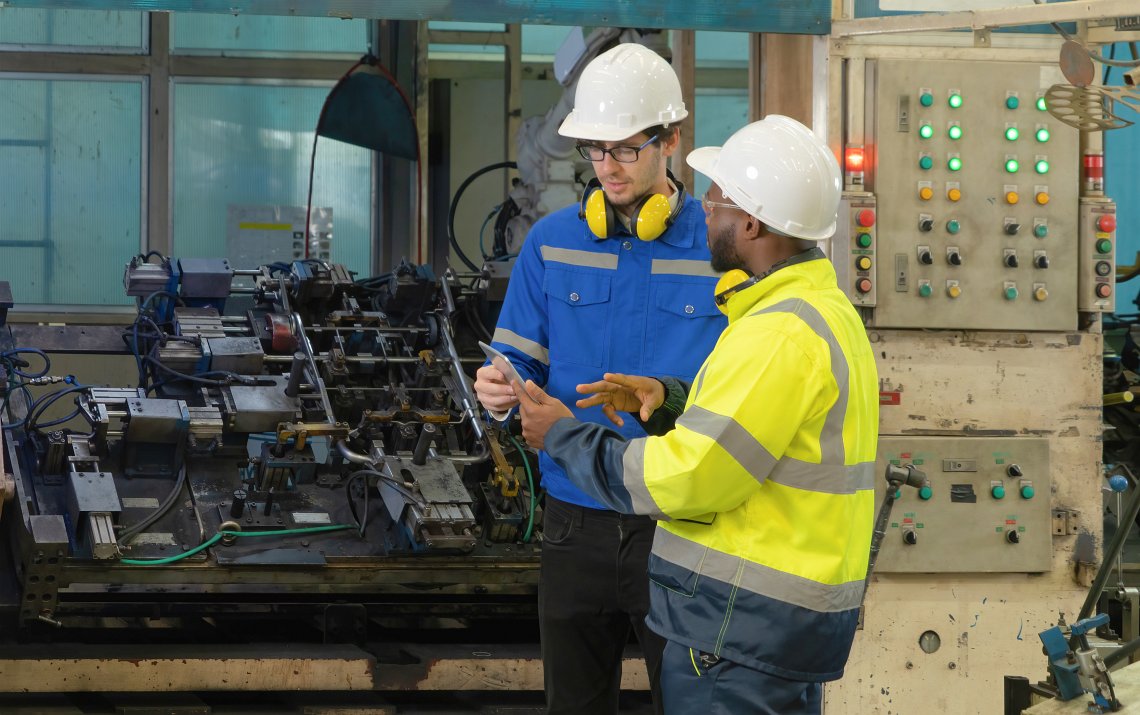It’s easy when upgrading procedures to focus in on one or two areas. Mobility is hot right now and will continue to gain popularity as companies digitize their plants and enable Wi-Fi in the production areas. However, it’s easy to get drawn into the idea of getting off the “paper paradigm” that has been in effect for the last 100 years without first understanding what that entails. Migration to mobility and therefore digital procedures can be achieved only when the prerequisites essential to mobility are accomplished.
As an example, what about simply taking existing PDF procedure content and migrating it to a mobile setting? Everyone has heard “garbage in garbage out.” If procedure content is inaccurate, stale, untrustworthy, and in some cases flat out dangerous if executed as-is, does it really matter what medium is being used? The outcome is the same or made worse because everything is much more visible, further frustrating everyone involved.
Therefore, there is no value in upgrading procedure execution to a mobile environment if the procedure content itself isn’t first made accurate, properly digitized, and mapped for mobile optimization. Only then can mobile procedures offer greater utility to users and provide management with increased data and analytics they require.
You have to look at the big picture. If the mobile solution is for you, that’s the end of the process, not the beginning. What is required from beginning to end to make it work as designed? The ideal solution is to deploy a procedure program lifecycle to make it all work the way you want it to.
Step one is to digitize the procedure content so that you end up with discrete procedure steps managed by a database. We have another blog post that discusses how to best achieve digitized content. Ideally, you’ll have a software tool in place that enables creating natively digital procedures with steps, step properties, roles, equipment references, operating limits, readings, and more.
Step two is ensuring that procedure content is always in a continuous improvement feedback loop. Initial approvals, periodic reviews, and change requests entered by workers in the mobile app enables instant identification of step-related issues. Workers are then informed as change requests make their way through the process. Procedure lifecycles that incorporate continuous improvement make workflows with both paper and mobile applications much easier.
Step three allows procedures to be made available via paper or through a mobile device, easily in both cases. Version control should be in place with history, and procedures should be set up based on how the plant is structured and how workers would expect them to be organized. Good tools help workers get the content the way they want it, when they want it, and “in any format, on any device.”
Step four is the training step that helps workers walk through procedure content directly in the lifecycle application, ensuring they are being trained or refresher trained on the current effective procedure version, along with value-added multi-media content and testing. Training on and tracking worker competency is essential to successful execution in the field with minimal human error.
Step five is the last step which involves the use of procedures by the workforce. Now that you have digitized procedure content, made accurate through tight integration and workflow between writers, approvers, and workers, you now have the best chance of success regardless of format, be it paper or on a mobile device.
Moreover, investment in mobility backed up by a well-designed procedure lifecycle provides a high ROI because you have eliminated “garbage in garbage out.” Only with a procedure lifecycle can you achieve this level of operational excellence. Take our Procedure Program Evaluation to see how your company stacks up against procedure lifecycle platform best practices that we’ve been discussing.
